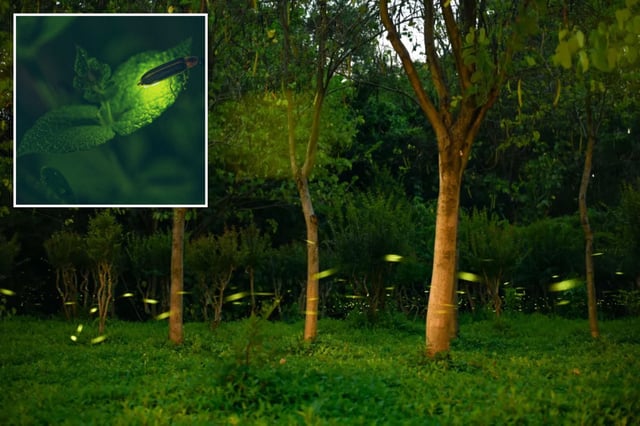Overview
- A record wet spring delivered more than five inches of rain in key months, creating moist soil ideal for firefly larvae to mature into glowing adults
- Entomologists and community observers report heightened evening displays in parks and neighborhoods, though population shifts remain based on anecdotal evidence
- The common eastern firefly (Photinus pyralis) dominates city sightings, using distinctive flash patterns in dusk mating rituals
- Urban threats including light pollution, pesticide use and habitat loss continue to drive overall declines in firefly numbers despite seasonal upticks
- Conservationists urge systematic monitoring and habitat restoration measures to assess whether weather-driven rebounds can translate into lasting population gains
